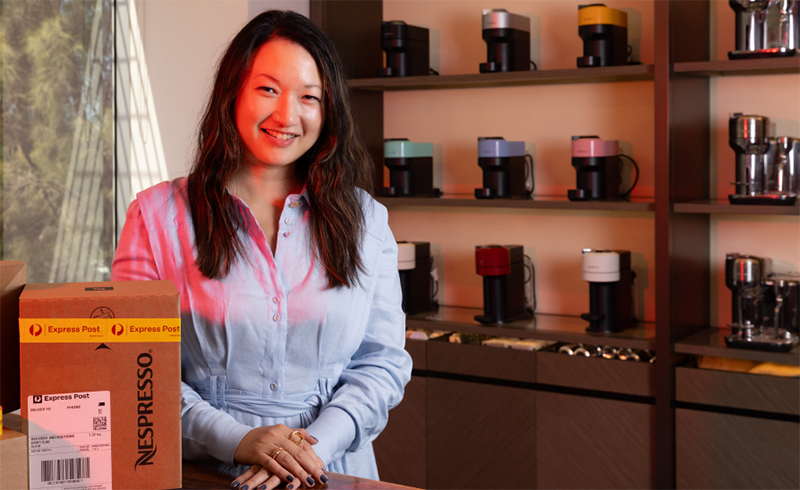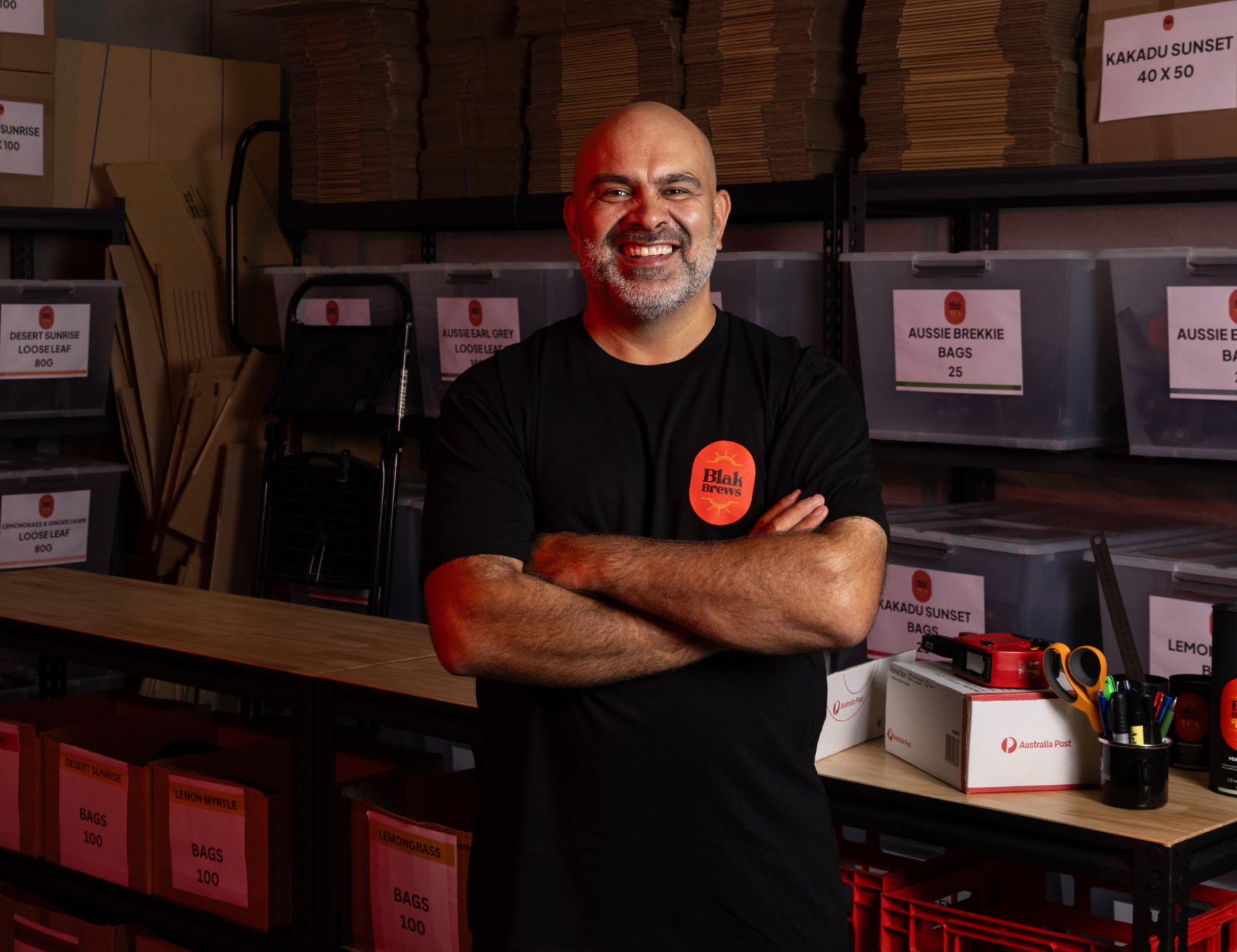Part 1
Know your shoppers
25
56% of Gen Zs would switch retailers to access out-of-home collection points

Australia still has a lot of room for eCommerce growth. The next three to four years are likely to unlock a new wave of digital consumption, as speed, convenience and seamless digital experiences catch up to the Australian customer's high expectations.”

We're on a journey to reposition the 'e' in eCommerce from 'electronic commerce' to 'experiential commerce'.”

Part 2
Customer spending insights
Part 3
Delivery experience success
Three-quarters of Gen Zs and Millennials intend to shop online more



